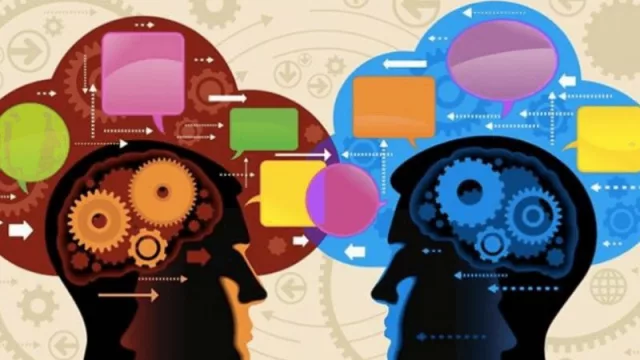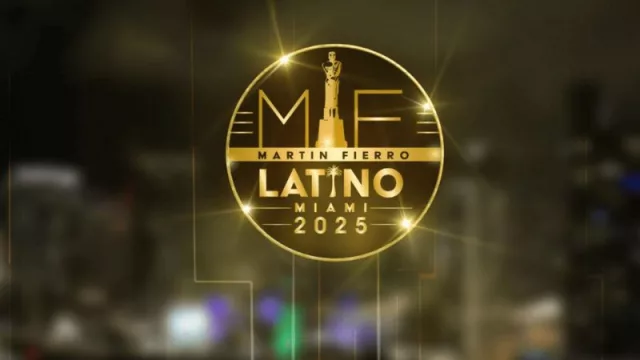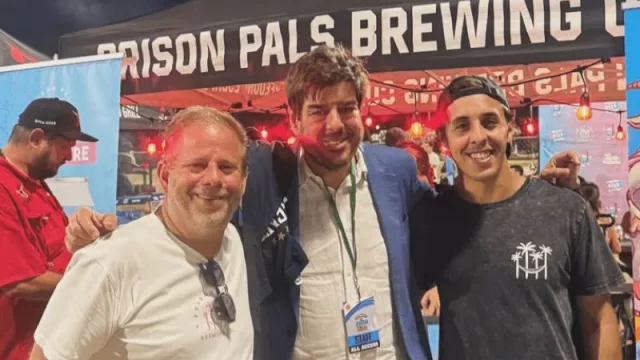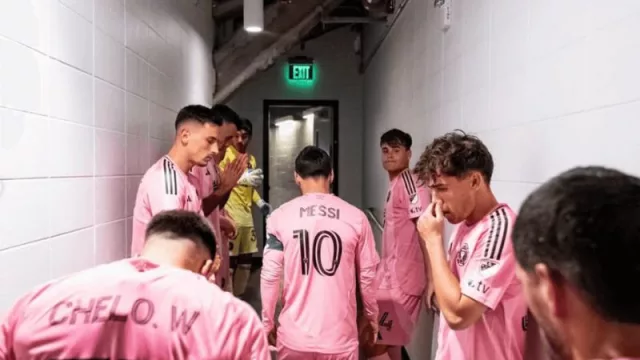In business, the arts, science, and technology. And that our human networks transcend power circles and open up infinite possibilities.
However, when we begin a new project we often aspire to be part of an influential group, hoping to receive favors, advantages, or benefits. And if we want to grow our venture or company, we try to secure backing from that capital of important contacts. Those people guard, reserve, and avoid exhausting them, because once they’re used, it’s not easy to recur to them.
-
So, if we’re in the early stage and need help, we won’t call on them until the project takes its final shape, to avoid inconveniencing them. We also don’t share or loan our contacts with others, since they could be spent or burned. The Silver Bullet Effect is reserved for a single impact.
-
Imagine meeting someone we’d like to propose a project to, and we rush to hand over our business card hoping they’ll contact us. If, instead of giving a rectangle of cardstock that will end up in a pile of identical items, we create a field of mutual interest by exchanging ideas and finding affinities, we’ll keep them floating in their mental network for days.
-
We only need to wait for the right moment and place for an association of ideas to remind them of our conversation. And there’s no doubt they’ll figure out how to reach us.
On one occasion, after finishing one of my talks, a CEO of a company approached me to ask for my business card.
-
That day I wasn’t carrying cards. He was annoyed, since he was trying to hire me for a training. I sensed that, very formal man, I seemed unserious for not having a card. “How do I find you?” he asked. “Tell me how I hide from you,” I replied. Not a month passed before he reached out to me through one of the networks.
-
But beyond that, the fact that someone discovers us gives the relationship added value, bringing the magic element that always accompanies a fortunate find.
-
Perhaps we should shift our perspective and remember that, both in the real and the virtual, in human networks the winner is the one who gives the most, not the one who takes the most. Ask ourselves, “What do I have to give?” instead of “What can I get or ask for?”
Experts in human-network dynamics in the U.S. say it takes eight interactions with someone to be in a position to ask for something. And how many interactions are needed to offer something to the other? Just one.
Let’s be generous and assume we’re friendlier in our lands. Maybe four interactions will suffice? Even so, offering something will be four times more powerful than asking.
And what do we have to offer? Knowledge, ideas, connections, contacts—everything that could add to the other person.
Informal connections—friends, sports teammates, travel acquaintances, friends of friends—work differently. These connections, always interesting, have the quality that the more we summon them, the more vital and active they remain. That’s why it benefits us to share them and even introduce people, since that’s how they strengthen.
We can act as bridges, facilitators, or matchmakers between two or more people. We can also share a project that’s just getting started and leverage their proposals and suggestions to improve it, as well as collaborate selflessly on others’ projects by contributing our ideas, resources, and connections.
-
This willingness is rewarding, but it also gives us belonging and prestige that will attract others who might want to collaborate on our projects. What do we gain? That we be known, remembered, and considered. And acting as intermediaries positions us as connectors, as nodes that link others together.
-
But this is not just about accumulating informal and varied connections. It’s about understanding where the possible links lie between ideas, people, and projects, and making them work.
-
To do that, we need to weave a narrative, forge bonds, connect our people and their ideas—not only with us but also among themselves.
Does this way of being in the world make us better? More generous? More supportive? Undoubtedly.
-
But even more so, it makes us part of the new collaborative paradigm in which the most valuable is not the one who has the most but the one who contributes the most to the shared space. And it positions us in our social and professional world as attractive, convening, prestigious nodes.
-
Hoarding contacts or ideas fits the old logic of borders—what’s mine I must guard and guard from being stolen. Sharing connections and co-creating aligns with network logic—what is shared multiplies, revitalizes, and grows.
Network thinking promotes and enables a connective-thinking model and collaborative work. Today we know this mode of moving and thinking is not only interesting as an experience, but also in how it drives innovation in our lives, professions, or businesses.
People in networks don’t seek contacts; they weave formal and informal connections. In doing so, they find, offer, exchange, capitalize, and generate resources for mid- and long-term aims, both for specific ends and for broader purposes.
-
We will need to practice a new style of networking that opens to opportunity beyond the usual influence-peddling and convenience-influenced contacts, but one that thrives on affinities, unexpected coincidences, emotional complicities, and shared values.
-
And the most surprising thing about this modality is that we keep finding ideas and people who aren’t a direct result of what we’re pursuing now, but rather end up being the origin of a project we hadn’t even imagined.
Read Smart, Be Smarter!
Infonegocios Miami: a publication written by the Anglolatina business community.
Follow for more analysis: @InfonegociosMiami
https://infonegocios.miami/suscribite-al-newsletter
Contact: [email protected]
Infonegocios NETWORK: 4.5 million Anglo‑Latinos united by a passion for business.
Join us and stay informed.
Infonegocios Miami—Economic, Cultural, and Business Intelligence with a Global Lens
Follow for more analysis: @InfonegociosMiami
© 2025 Infonegocios Miami.












Tu opinión enriquece este artículo: